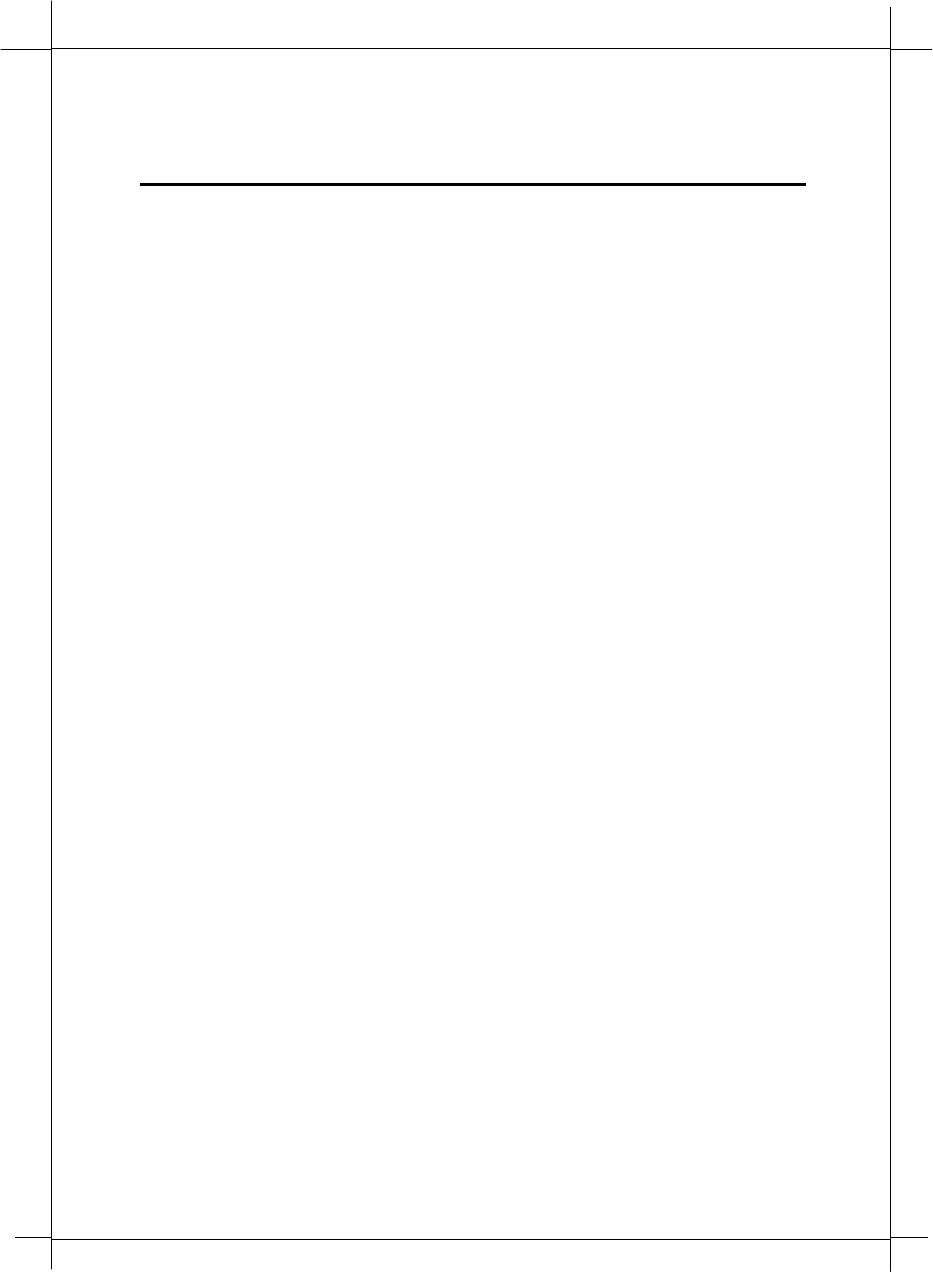
7-22
Command Sets for Command Line Interface
device add <i/f> <type> [<file>] [mtu <size>] [<IP address>]
device delete <i/f>
device flush
Description:
Displays the interfaces that IP is configured to use, or adds an
interface to the configuration, or deletes an interface, or all interfaces,
from the configuration. However, the commands to change the
configuration do not take effect immediately (except when the
“device add” command is run at start-up from the initialisation file).
It is necessary to save the configuration (e.g. with “ip config save”)
and restart the system (e.g. with “ip restart”) before they take
effect. “device” will display both the current interfaces and those
that have been configured but are not yet in effect. (Other commands
apply only to the devices in effect, rather than to those configured;
when adding a device, for example, one may need to issue the
“device add” command, then the “config save” and reboot, then
issue any other configuration commands that depend on the existence
of the device, and then “config save” again.)
“<i/f>” is an arbitrary label for the interface, which is used in
referring to it in subsequent commands. (It is often chosen to be the
same as “<type>”, though this is perhaps slightly confusing.)
“<type>” specifies the class of interface: Ethernet-like, IP-over-ATM,
or loopback. For an Ethernet-like or IP-over-ATM interface,
“<file>” specifies the file name that will be opened to access the
underlying device. For a loopback interface, “<file>” is not used,
and can just be specified as “-“ or omitted altogether.
Several different values of “<type>” specify the same class of
interface; they differ in that each implies a different default value for
“<file>”. As a result, for the most common interface configurations,
“<file>” can be omitted, and one need only specify the appropriate
value of “<type>”. The supported values for “<type>” are
Class <type> Default file
Ethernet ether //nice or
//ethernet or


















